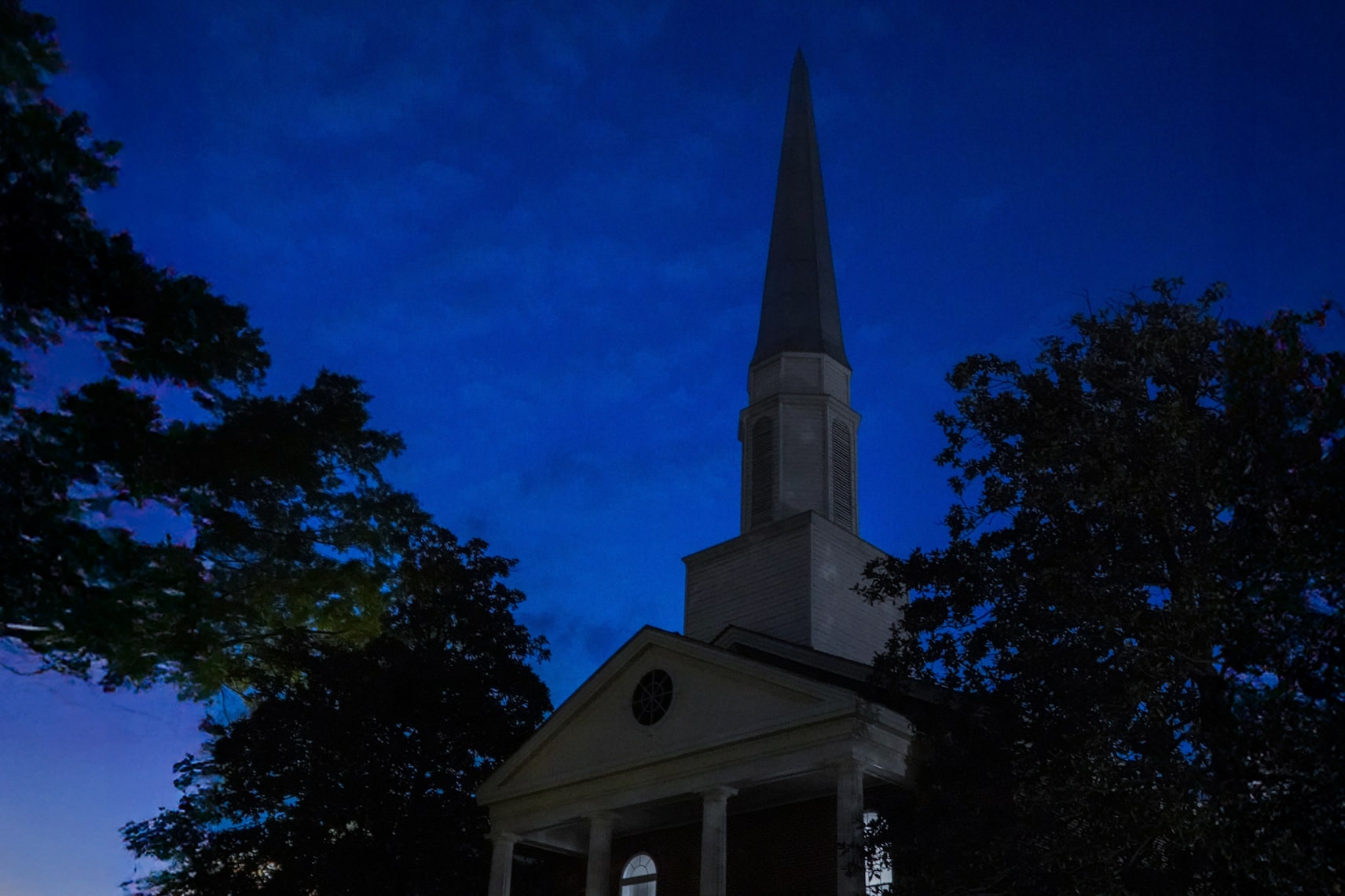Frightful Stillness of the Tomb
The Pain of Good Friday
 April 18, 2025
- Adam Jones
April 18, 2025
- Adam JonesAround A.D. 8, the Roman poet Ovid finished his work “Metamorphoses.” Toward the end of book 15, he describes an interesting scene associated with the assassination of Julius Caesar. Ovid writes of phenomena such as dark storm clouds, earthquakes, the darkening of the sun, ivory statues dripping with tears, dogs howling and the shades of the dead walking about. In Ovid’s mind, these signs pointed to one thing: a great man – one whom Ovid and other Romans would have considered to become a god after his death – was dying.
In response, the gods mourned by smiting their breasts and creation mourned through these eerie phenomena. Ovid is not alone in writing of the deaths of important people accompanied by signs like these, as many ancient authors include similar stories about several different people.
In his telling of the death of Christ, Matthew offers some similar imagery.
From noon until three in the afternoon darkness came over all the land. … And when Jesus had cried out again in a loud voice, he gave up his spirit. At that moment the curtain of the temple was torn in two from top to bottom. The earth shook, the rocks split and the tombs broke open. The bodies of many holy people who had died were raised to life. They came out of the tombs after Jesus’ resurrection and went into the holy city and appeared to many people. When the centurion and those with him who were guarding Jesus saw the earthquake and all that had happened, they were terrified, and exclaimed, “Surely he was the Son of God!”
- Matthew 27:45, 50-54 (NIV)
Like Ovid, Matthew recounts that some incredible signs took place that are meant to draw our attention to something very important: a great man, the Son of God, the Savior of the world, was dying, and God himself, along with creation, responded through acts of mourning. Notice the parallels: darkness, earthquakes, dead people walking around (!!!). What’s more, the tearing of the temple curtain is likely an act of tearing cloth in mourning, like many people do throughout the Old Testament and in Greco-Roman literature. No wonder these signs led the Roman centurion and those with him to exclaim that Jesus was the Son of God!
I think Matthew’s narrative of the death of Christ might be meant to evoke in the minds of his readers that this important, world-changing event involves deep emotions of mourning, grief and sadness. And I think there is good news for Christians in this as well.
I’m reminded of a text message I received from a friend after my father’s death in December 2020. “I encourage you to embrace the sharp pain of loss, to look right into the face of the void left behind. That is where I was able to find Jesus in the early days of losing my own father. …The resurrection doesn’t happen without the dark void and frightful stillness of the tomb.” These words from my friend have sat with me for more than four years now, reminding me that the pain of loss is the pain of Good Friday.
This Good Friday, I invite you to spend some time reflecting on “the dark void and frightful stillness of the tomb.” If you find yourself mourning this Good Friday – or even this Easter – you are in good company. Jesus calls those who mourn blessed. In a couple of days, we can proclaim, “He is risen!”

Adam Jones is an assistant professor of biblical studies in the Pruet School of Christian Studies.
Lead photo by Lily Roddy
You Also Might Like
Over 400 students and educators attend high school sports media conference at Ouachita
December 03, 2025Recent
Over 400 students and educators attend high school sports media conference at Ouachita
December 03, 2025




